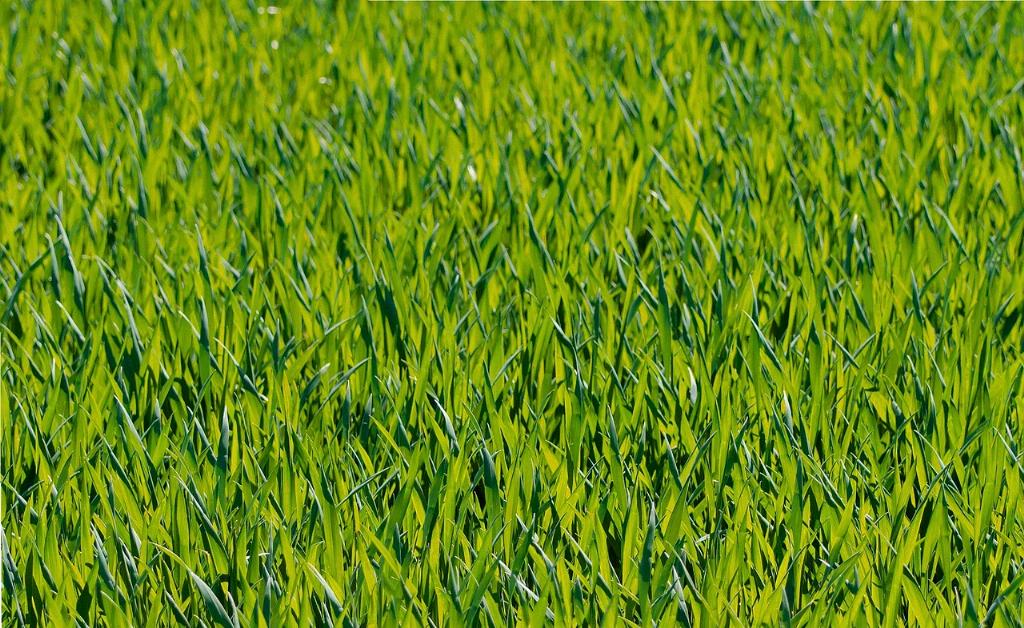So, you’re looking out at your lawn and noticing moss starting to take over. It can be frustrating to see your grass struggling while moss thrives, but understanding the reasons behind this can help you take the necessary steps to address the issue.
Shallow, Rocky Soils
One common reason for moss growth in your lawn is the presence of shallow, rocky soils. These types of soils do not provide adequate depth for grass roots to establish themselves effectively, creating an environment where moss can easily take hold and spread.
Poor Soil Fertility
If your soil lacks essential nutrients for grass growth, such as nitrogen, phosphorus, and potassium, it can lead to poor turf health. Moss, on the other hand, tends to thrive in nutrient-depleted environments, making your lawn vulnerable to moss invasion.
Low Soil pH
Acidic soils with a low pH level can also contribute to moss growth. Grasses typically prefer a slightly acidic to neutral pH range, so if your soil is too acidic, it can negatively impact grass growth while providing an ideal habitat for moss to flourish.
Heavy Shade
Areas in your lawn that receive minimal sunlight due to heavy shade from trees or structures can create a challenging environment for grass to thrive. Moss, however, is better adapted to low-light conditions, allowing it to outcompete grass and establish itself in shaded areas.
Excessive Moisture
Overly wet conditions in your lawn can also promote moss growth. Excess moisture can lead to waterlogged soil, which inhibits grass root development and creates a hospitable environment for moss. Poor drainage or overwatering can exacerbate this issue.
Understanding the Interplay of Factors
It’s essential to recognize that moss growth in your lawn is often the result of a combination of these factors. Shallow, rocky soils may coincide with poor soil fertility and low pH, while heavy shade and excessive moisture further contribute to the problem.
Identifying Potential Solutions
To address moss in your lawn, it’s crucial to address the underlying causes. Improving soil fertility through proper fertilization, adjusting soil pH if necessary, increasing sunlight exposure by trimming trees, and addressing drainage issues can all help restore the balance in your lawn.
Implementing Corrective Measures
Consider aerating your lawn to alleviate soil compaction and improve root growth, overseeding with appropriate grass species to outcompete moss, and ensuring proper watering practices to prevent waterlogging. These proactive measures can help restore your lawn’s health and vitality.
Maintaining Lawn Health
Regular maintenance practices like mowing at the correct height, removing thatch buildup, and providing adequate nutrients through fertilization can also support grass growth and discourage moss encroachment. By fostering a healthy lawn ecosystem, you can minimize the risk of moss infestation.
Seeking Professional Advice
If moss persists despite your efforts, consulting with a lawn care professional or agronomist can provide valuable insights and personalized recommendations for addressing the specific challenges in your lawn. They can offer tailored solutions to restore your lawn to its former green glory.

Conclusion
In conclusion, moss growth in your lawn is often a symptom of underlying issues like poor soil conditions, shade, and excessive moisture. By understanding these factors and implementing targeted strategies to improve lawn health, you can effectively combat moss and promote a lush, thriving grass cover in your outdoor space.
